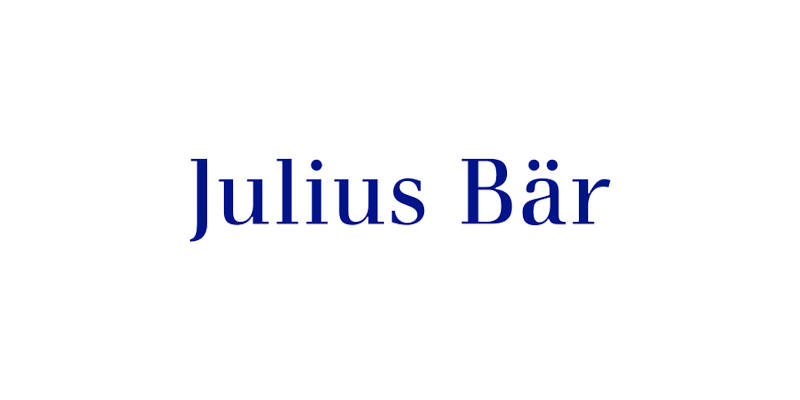“US inflation could be heading lower, as softening consumer demand, due to moderating job growth and depressed consumer sentiment, makes price increases more difficult. At the same time, rent inflation, which accounts for more than a third of inflation, is slowing down and is expected to slow down further. The main reason why inflation remains closer to 3% than the central bank’s target of 2% is the increase in the price of imported consumer goods, which are now subject to sizable tariffs, and domestic goods affected by the increased cost of intermediary goods subject to tariffs. We expect these offsetting factors to persist in the coming months, as the effect of tariffs on inflation unfolds slowly, much like a consumption tax. We expect higher consumer prices due to tariffs to be transitory, as there is no offsetting consumer support that would enable US consumers to pay higher prices for tariffed goods while maintaining their spending on other goods and services. Elevated inflation will notably contribute to lower consumer spending in the US, which will start to drive inflation lower in 2026…”
Morten W. Langer

